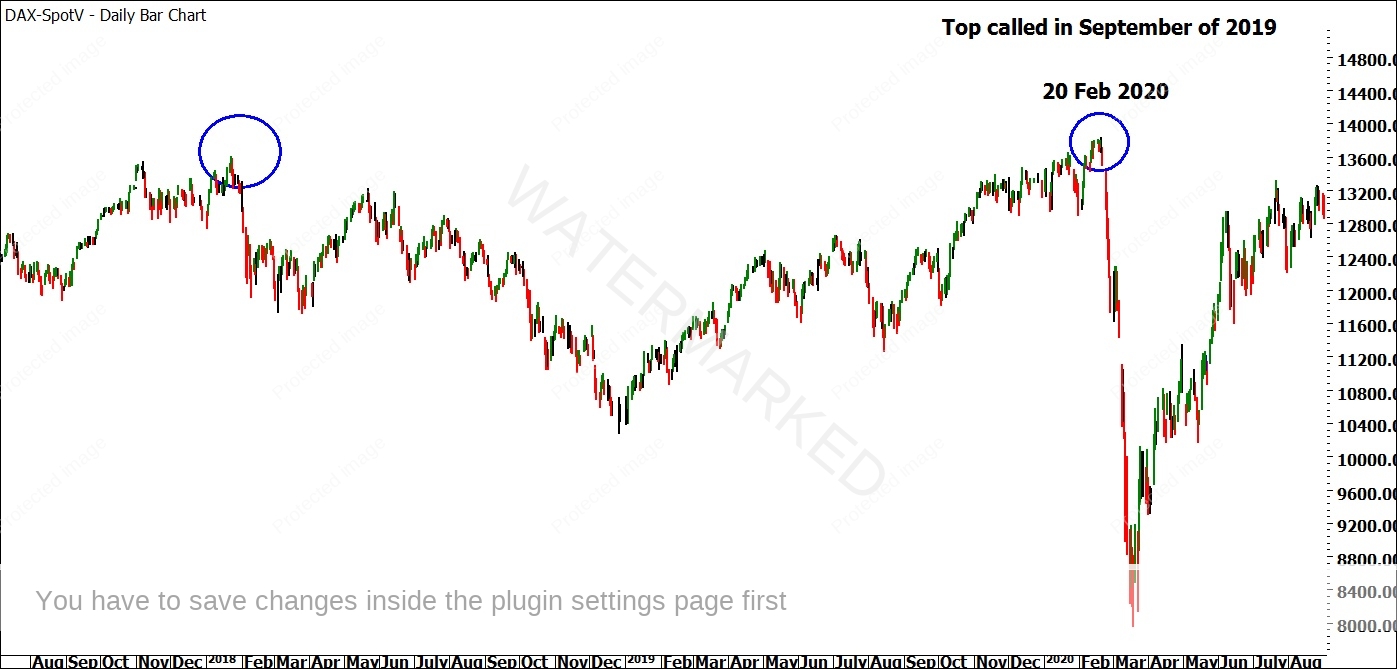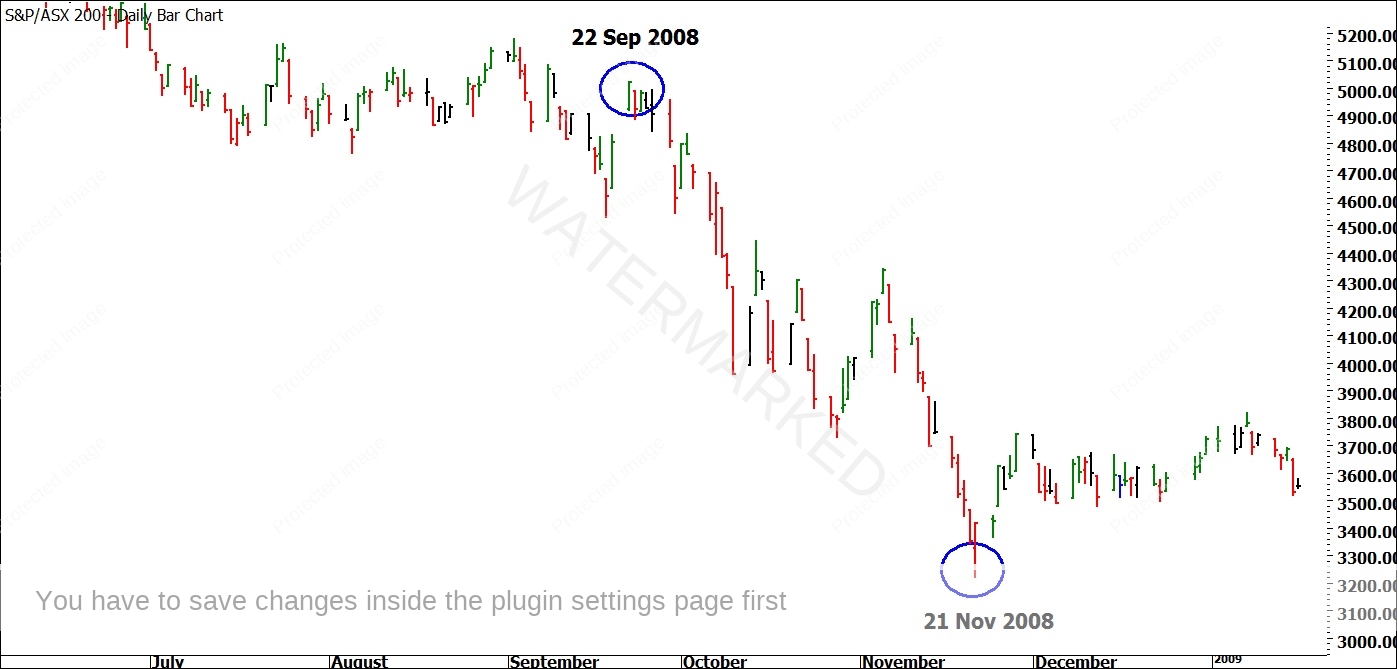Why Didn’t Someone Tell Me About Short Selling?
As I write this in June of 2022, it looks like the days of near-zero interest rates are all but gone, with central banks around the world signalling (and in most cases, actioning) their intention to raise interest rates. I see this as a positive in the long run, although it will no doubt inflict some pain in the short term. One area that may experience pain is the housing sector, which has pretty much been going up for my whole adult life so far.
Rising interest rates have the potential to hurt house prices in two main ways: those who over-extended on their borrowings may not be able to service their loans and will have to sell, while those who are looking to buy homes will only have bank-loans approved for smaller amounts, meaning they are unable to offer higher and higher prices in auctions or other bidding wars.
If you own a house and the price is falling, your main options are either to sell your house and aim to buy back cheaper once the falls are over (not an easy thing to pick in real estate!) or simply hold on to the house and ride out the storm. But what if you don’t own a home? How could you profit from a falling market? People often talk of ‘flipping’ homes, where they buy a home, renovate it and then sell it at a higher price. But what if you could do the opposite – sell a house now, while the prices are high, and then buy back when the prices fall, pocketing the difference in profit?
This might sound risky or even impossible, but this strategy actually happens every day in financial markets. It’s called short-selling. In a nutshell, short-selling is where you sell something that you don’t own, like a stock or a commodity or even cryptocurrency, with the intention to buy it back in the future at a lower price, and pocket the difference.
As an example, let’s say that you were trading Commonwealth Bank (ASX:CBA) and bought 100 CBA shares at $50 each (Total $5,000) and sold the same CBA shares when the price reached $75 each (Total $7,500). You just made $2,500, Congratulations! Now CBA starts to fall – a short-seller could sell 100 CBA shares at $75 each (even if they don’t own them!) and then buy back 100 CBA shares at $50 each and make the same $2,500! It’s the same transaction – each time, 100 CBA shares are bought once and 100 CBA share are sold once. The only difference is the order of the transaction – a short-seller will sell first and buy second.
Can you see the possibilities here? Instead of only being able to make money as prices rise, you can now make money trading both ways, up and down!
Let’s look at an actual example now. Throughout the second half of 2019, I was calling for a Double Top and a crash on the Dax, which is the German stock market. As you can see from the chart below, the Dax made a high in February of 2020 and then crashed spectacularly! This setup, along with the forecast I made for a top on the US S&P500 index (which was correct to within half of a percent), was closely watched by the students in our Active Trader Program Coaching program. To my knowledge, none of them owned any shares in German stocks, however many of them were able to make massive profits by short-selling Dax futures or S&P500 futures.

In my mind, short-selling (which is taught in full in Safety in the Market’s Active Trader Program) is one of the most important tools that a trader can have in their trading toolkit. At the time, some said that I got lucky, predicting a top just before the pandemic hit. However, I also called the 2021 top of the Nasdaq to within half a percent, three months before happened, and as I write this article in June of 2022, the Nasdaq is still 25% down from it’s All Time High.
Now, is short-selling profitable? Yes!
Is it legal? Yes!
Is it safe? It carries the same risk as buying a stock and hoping that it goes up. Technically, a stock can only fall to zero, so if you buy a $20 stock, the most you can lose is $20 per share. However if you short-sold that $20 stock, you would have to buy it back to close the position. You would aim to buy it back for less than $20, but if the price went up, it could go to $40 or $60 or $100 – there’s no limit to how high it can go, so short-selling has some extra risk compared to traditional trading. However, any professional trader worth their salt manages their risk and protects their capital by using stop loss orders to control how much they lose if they are wrong.
So it’s profitable, it’s safe and it’s legal, but is it ethical? Well, it depends who you ask. Some say that short-sellers are being negative, betting against the economy or a company that is struggling. Elon Musk recently expressed his dismay on Twitter that Bill Gates allegedly held a short position in Tesla, an electric vehicle manufacturer, meaning he stood to profit if the Tesla share price fell. Musk saw this as a negative action towards a company that was trying to do something positive for the environment.
Others point out that short-sellers actually add liquidity to a market, making it easier for all traders to buy and sell, and this is a fair point. If there is no liquidity in a market, it becomes difficult to buy and sell, whichever side of the market you are on. Interestingly, when ASIC banned short-selling on Australian stocks on 22 September, 2008, the ASX200 index closed at 5020.5. Over the next two months, as you can see in the chart below, the ASX200 proceeded to fall to a low of 3217 in November, when the ban on short-selling non-financial stocks was removed. So in this case, the fall could NOT be blamed on short-sellers!

From my point of view, there are always two sides to every trade – a buyer and a seller. No-one is forcing the buyer to buy and no-one is forcing the seller to sell. They are both entering the transaction with the aim of making a profit. I say, let people buy or sell as much as they like and let the market sort it out.
Now, whether you are going long (buying with the intention to profit from a rising price) or short (selling with the intention to profit from a falling price), the important thing to remember with ALL trading is to use a stop loss order. A stop loss order means that from the moment you enter the trade, you have already decided the maximum amount that you want to risk. As long as you use a stop loss, you are trading responsibly and most importantly, trading with safety.
Profit in Any Market — Master Short Selling. Many traders overlook short selling, but it’s a powerful tool for profiting in falling markets. The Active Trader program teaches you how to confidently identify short-selling opportunities and manage risk effectively.
👉 Order the Active Trader Program Today and start trading with a complete market strategy.
(Note: my complete forecast for the 2021 All Time High and crash on the Nasdaq index, which I made three months in advance, is all stepped out in the Active Trader Program)